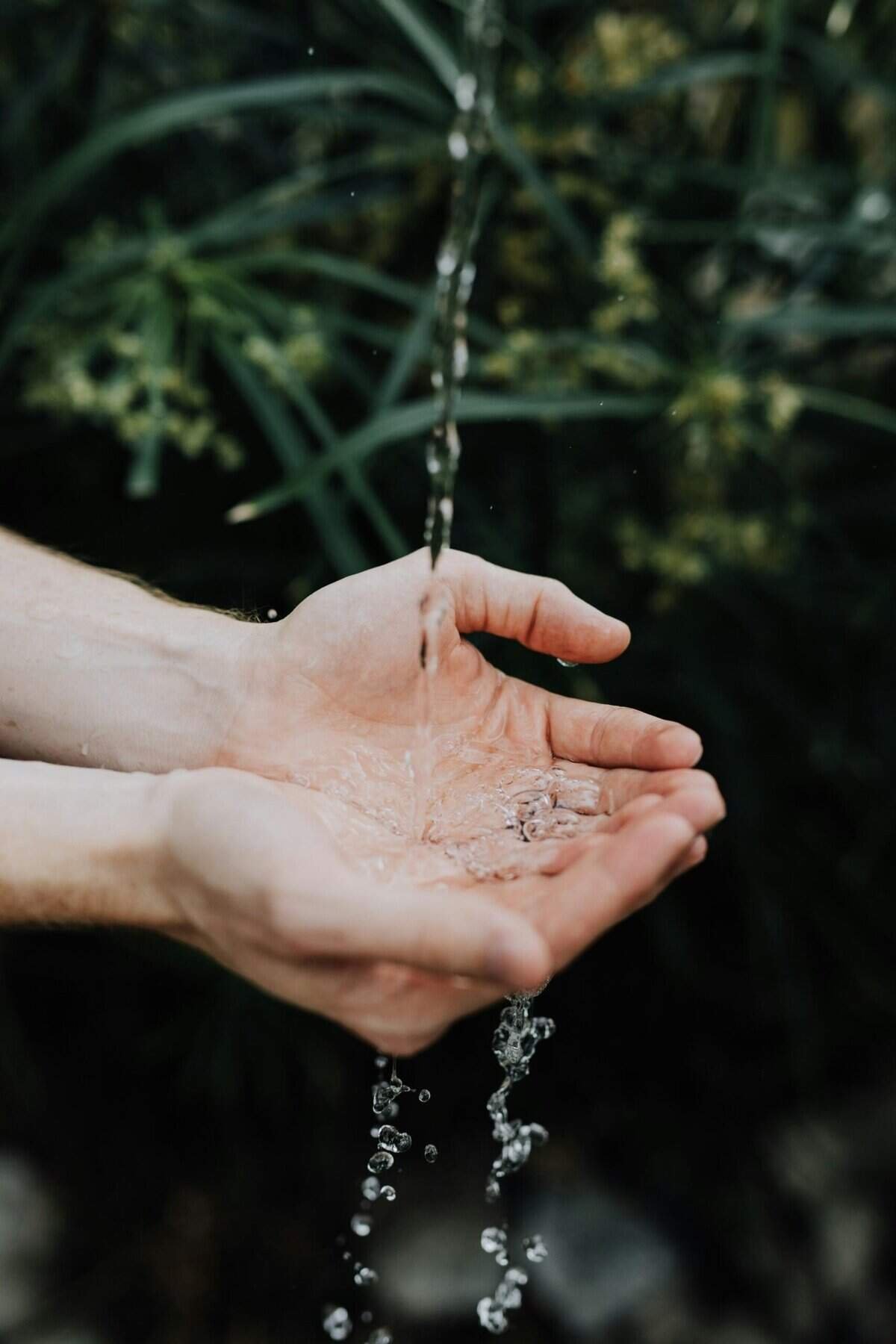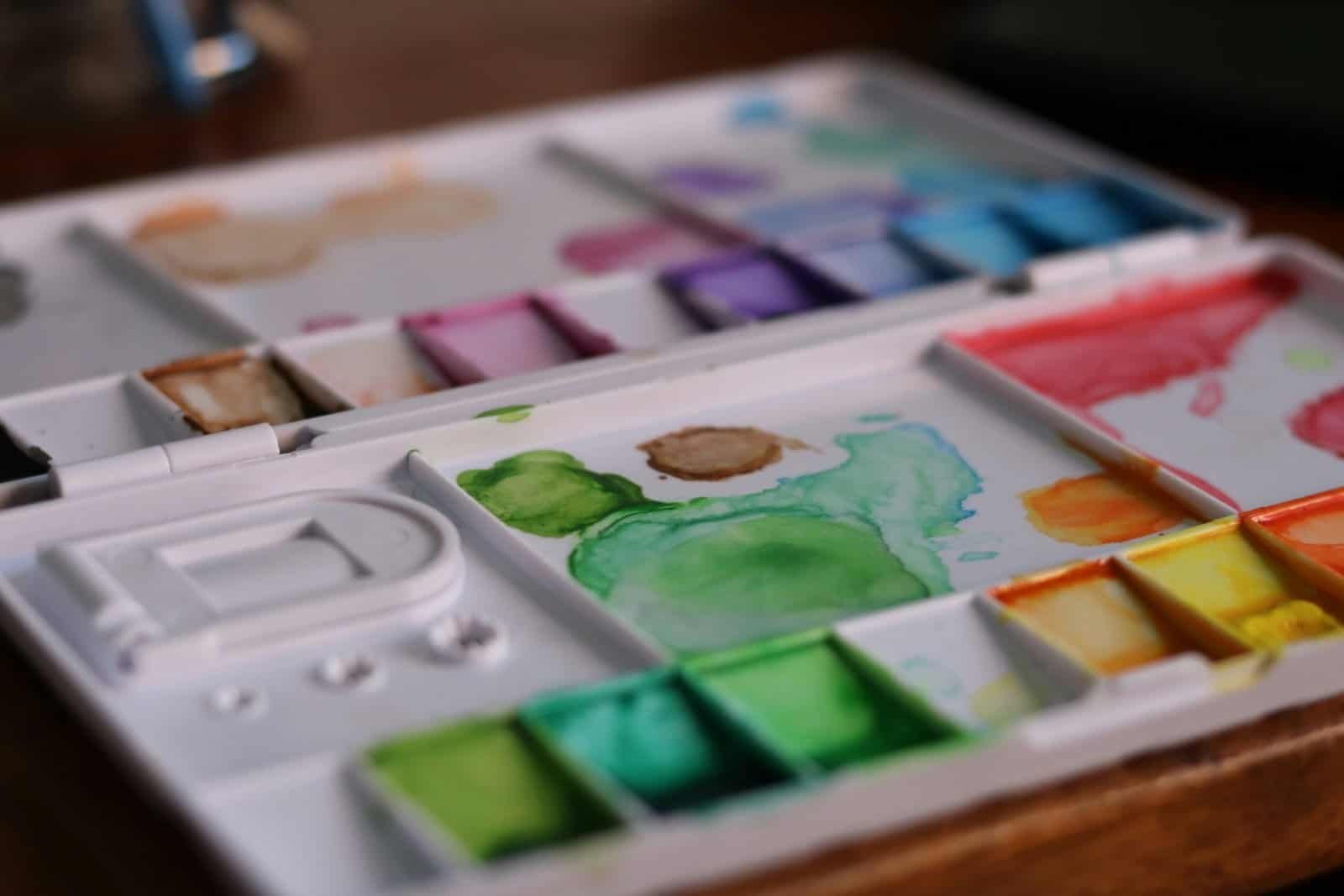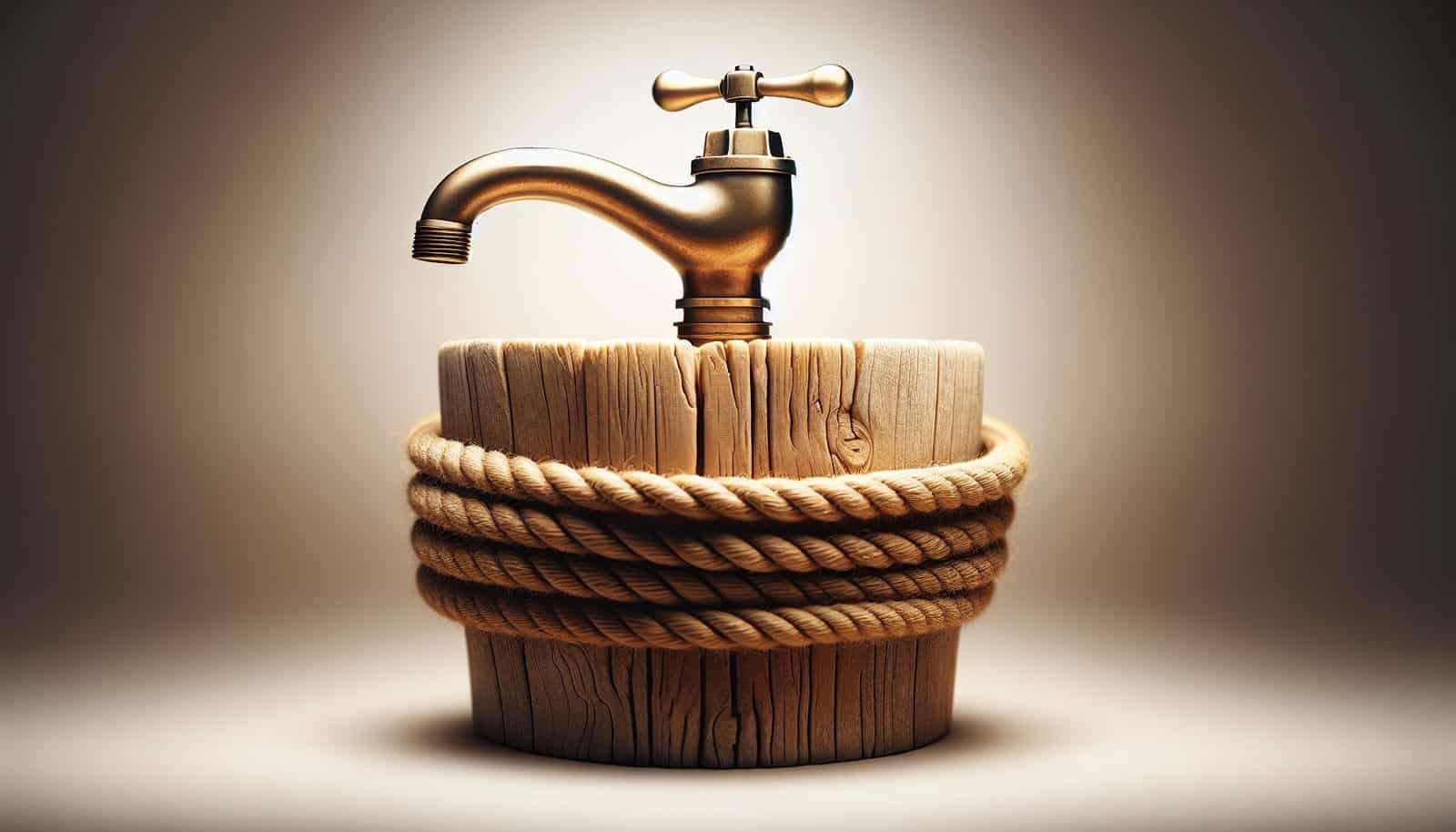Are you trying to decide whether a private well or municipal water service is a better fit for your home, budget, and lifestyle?
What’s The Difference Between Private Wells And Municipal Water?
Overview
You’ll want a clear picture of how private wells and municipal water differ because that affects your health, household costs, and long-term maintenance responsibilities. This section gives a broad contrast so you can understand the core differences before getting into specifics.
Private wells in a nutshell
A private well draws groundwater from an aquifer using a pump and stores it in your home’s plumbing system or a pressure tank. You own the well, so you’re responsible for installation, testing, maintenance, and repairs.
Municipal water in a nutshell
Municipal water is treated and delivered by a public water utility that serves many households through a distribution system. The utility typically owns infrastructure up to your property line and handles treatment, monitoring, and regulatory compliance.
Source and infrastructure
Knowing where your water comes from and who maintains the infrastructure tells you a lot about control, cost, and risk.
Sources of water
Private wells tap groundwater from aquifers via drilled, driven, or dug wells. Municipal systems often pull from surface water (rivers, lakes, reservoirs) or from large groundwater wells and then treat the water before delivering it.
Infrastructure and ownership
With a private well, you own all equipment — the well casing, pump, pressure tank, pipes on your property. For municipal service, the utility typically owns and maintains mains, treatment plants, and the service up to your meter; you own the piping inside your house.

Comparison at a glance
Use the table below to quickly compare key features. This should help you weigh pros and cons at a glance.
| Feature | Private Well | Municipal Water |
|---|---|---|
| Primary source | Groundwater from a local aquifer | Surface and/or large groundwater sources managed by utility |
| Ownership | Homeowner | Public utility |
| Routine testing | Homeowner responsibility | Utility tests and publishes reports |
| Regulatory oversight | Limited federal regulation; state/local vary | Regulated under Safe Drinking Water Act (in the U.S.); frequent monitoring |
| Treatment | On-site (you choose systems) | Centralized treatment by utility |
| Reliability | Depends on aquifer, pump, power | Generally reliable; backup systems vary |
| Water quality consistency | Can be variable | Generally consistent due to treatment |
| Cost structure | Upfront drilling and pump costs; ongoing maintenance | Monthly bills, connection fees, possible surcharges |
| Contamination response | Homeowner must respond and remediate | Utility issues boil-water notices and remediations |
| Lifespan concerns | Well rehabilitation or replacement | Infrastructure upgrades funded by utility |
Water quality and treatment
Water quality will affect taste, smell, appearance, and safety. You’ll want to know what to test for and which treatments make sense.
Typical water quality differences
Private well water often shows more variability: seasonal changes in groundwater level or contamination from nearby septic systems, agricultural runoff, or natural minerals. Municipal water tends to be more consistent because utilities treat and disinfect water centrally.
Why treatment matters
Treatment removes or reduces minerals, pathogens, and chemicals that can harm health or damage plumbing and appliances. For wells, treatment is tailored to identified contaminants. For municipal systems, treatment follows regulatory standards aimed at public safety.
Common contaminants in private wells
- Bacteria (total coliform, E. coli) often from surface infiltration or faulty well caps.
- Nitrates/nitrites from fertilizer, septic systems, or animal waste.
- Naturally occurring metals like arsenic, manganese, iron.
- Hardness caused by calcium and magnesium.
- Volatile organic compounds (VOCs) from industrial or agricultural chemicals.
- Radon in groundwater in some regions.
Common contaminants in municipal water
- Lead (usually from older household plumbing or service lines, not the source).
- Disinfection byproducts (DBPs) formed when chlorine reacts with organic matter.
- Residual chlorine or chloramine for disinfection taste/odor.
- Trace contaminants occasionally from source water; utilities monitor and treat to standards.

Testing and regulations
Understanding the regulatory landscape helps you know what protections you have and what responsibilities remain yours.
Regulatory differences
Municipal water utilities must follow federal and state regulations (for example, the U.S. Safe Drinking Water Act), perform frequent monitoring, and provide Consumer Confidence Reports (CCR). Private wells aren’t regulated by the federal Safe Drinking Water Act — responsibility for testing and treatment is yours, though states and localities may have guidance or requirements for some actions.
Recommended testing frequency for wells
You should test your well regularly and after certain events. A common testing schedule is:
- Bacteria (total coliform and E. coli): annually and after repairs or flooding.
- Nitrates: annually, especially if you have infants or if agricultural activity nearby increases risk.
- pH, hardness, and iron: every 1–3 years.
- Heavy metals (lead, arsenic): every 1–3 years or if you suspect an issue.
- VOCs and pesticides: test based on potential local sources or every few years.
What municipal systems publish
Municipal systems often publish annual water quality reports showing contaminant levels, monitoring frequency, and violations. You can use these reports to see historical trends and potential issues affecting your supply.
Costs: setup, operation, and lifecycle
Cost comparisons are nuanced. You’ll need to account for initial capital, recurring expenses, and occasional large repairs.
Upfront and capital costs
- Private well: Drilling a well can range widely ($3,000–$15,000 or more in the U.S.), depending on depth, geology, and region. You’ll also pay for pumps, pressure systems, and well caps.
- Municipal connection: Connection fees and tap charges can range from modest to several thousand dollars, depending on utility policy. If mains are far from your lot, extending service becomes costly.
Ongoing operation and maintenance
- Private well: Expect annual testing, electricity costs for pumps, minor repairs, and periodic treatment system replacement. Pump replacement every 10–20 years is possible.
- Municipal water: You pay monthly bills based on usage and fixed service fees. Major infrastructure maintenance is absorbed by the utility, funded by rates.
Large unexpected costs
- Private well: Well collapse, contamination, or a failing pump can be expensive. Re-drilling or treating for difficult contaminants (like arsenic or VOCs) can push costs high.
- Municipal water: Rarely will you face a full system replacement, but rate increases or local infrastructure projects can raise your bill.
| Cost type | Private Well | Municipal Water |
|---|---|---|
| Initial installation | High (well drilling, pump) | Low to moderate (tap fee) |
| Regular monthly cost | Low to variable (power + maintenance) | Predictable monthly water/sewer bill |
| Testing & treatment | Owner pays for tests and systems | Utility covers testing; you pay indirectly via rates |
| Major repairs | Owner pays for pump/well repairs | Utility pays for main infrastructure; you handle in-home plumbing |

Reliability and service interruptions
You’ll want to consider how consistently you’ll get water and how quickly problems are fixed.
Typical reliability factors for wells
Private well reliability depends on aquifer levels, well construction, pump health, and power availability. Droughts, seasonal drawdowns, or extremely high usage can lower well yields. If the pump fails or power goes out, you may lose water until repairs or power restoration.
Typical reliability factors for municipal systems
Municipal systems generally offer more consistent service because they can draw from larger sources and operate redundant systems. However, main breaks, treatment plant issues, contamination events, or system-wide emergencies can cause outages. Utilities often have emergency response plans and public notification systems.
How outages are handled
- Well: You contact a well contractor; you might use bottled water or alternate sources in the interim.
- Municipal: The utility issues advisories, provides boil-water notices or alternative water distribution if needed.
Water pressure and flow
Water pressure and flow affect household convenience and appliance performance. You’ll have different equipment needs depending on your water source.
Private well systems
You’ll rely on a pump (submersible or jet) and a pressure tank to maintain steady pressure. You might need a booster pump for high-demand situations or to maintain pressure in a multi-story home.
Municipal service
Pressure is maintained by the utility through pumps and gravity systems; most homes get reasonable pressure without extra equipment. You may still need a pressure-reducing valve if pressure is too high, or a booster if your location has low pressure.

Maintenance responsibilities
Knowing who is responsible for what keeps you prepared and helps avoid surprises.
What you must do for a well
- Test water regularly for bacteria and chemicals.
- Inspect the well cap and casing for damage.
- Keep potential contamination sources (septic systems, fuel tanks, livestock, pesticides) at safe distances.
- Service pumps and electrical components as needed.
- Shock chlorination if bacteria are detected, and hire professionals for complex problems.
What the utility handles for municipal systems
- Source water protection and centralized treatment.
- Routine testing and reporting.
- Maintenance of mains and meters up to the property line.
- Typically not responsible for in-home plumbing or old service lines on private property unless specified.
Environmental and legal considerations
Water decisions intersect with local laws, groundwater rights, and environmental stewardship.
Groundwater rights and local rules
In some regions you have the legal right to use groundwater on your property; in others, groundwater is regulated. There may be local permitting, well construction standards, or restrictions during droughts.
Setbacks and contamination prevention
You should maintain required setbacks between wells and potential contaminant sources like septic systems, barns, or chemical storage. Proper well construction and maintenance protect aquifers and your supply.
Long-term sustainability
Overuse of groundwater in some areas has caused aquifer decline. If you’re in a region with declining groundwater levels, you might face reduced yield or new restrictions — something to check before relying solely on a well.
Health risks and safety
Water safety is critical. You’ll want actionable steps to protect your household.
Immediate health threats to watch for
- Bacterial contamination (E. coli) — can cause gastrointestinal illness and requires immediate action like boiling water or using bottled water.
- High nitrates — dangerous to infants and pregnant women; requires alternate water if above recommended levels.
- Heavy metals and VOCs — long-term exposure can cause chronic health issues; treat or source alternate water if present.
What to do if you suspect contamination
- Stop drinking the water immediately and use bottled water.
- Test the water for relevant contaminants.
- Follow advisories from local health departments.
- Consider shock chlorination for bacterial contamination and professional treatment for chemical contaminants.
Choosing the right option for a new home or property
You’ll weigh upfront costs, long-term expenses, regulatory environment, and lifestyle preferences.
Questions to ask when considering a private well
- What is the expected depth and yield of wells in this area?
- Are there historical water-quality issues or nearby contamination sources?
- How much will drilling and pump installation cost on this lot?
- Are there local permitting requirements or setbacks?
- What are seasonal water-level fluctuations?
Questions to ask about municipal water access
- How far are mains from the property, and what are tap/connection costs?
- What does the utility charge per 1,000 gallons and for sewer service?
- Are there any boil-water or contamination history issues?
- Does the utility provide a Consumer Confidence Report or water quality data?
Upgrading and improving water quality
Both well and municipal water can benefit from targeted treatment to address taste, hardness, contaminants, or health risks.
Whole-house vs point-of-use systems
- Whole-house systems treat all water entering your home (protects appliances and plumbing and is good for sediment, hardness, or iron issues).
- Point-of-use systems (RO, carbon filters) treat water where you need the highest quality, usually at the kitchen sink for drinking and cooking.
Treatment technologies and when to use them
- Sediment filters: for visible particles and turbidity.
- Activated carbon filters: reduce chlorine taste and organic compounds; good for some VOCs.
- Water softeners (ion exchange): reduce hardness (calcium/magnesium) that causes scale.
- Reverse osmosis: high-quality drinking water removal of many dissolved solids.
- UV disinfection: effective against bacteria and viruses; often used with wells.
- Chlorination: used for disinfection of wells, distribution systems; effective and inexpensive but requires monitoring for byproducts in some cases.
- Aeration or air-stripping: used for volatile contaminants like radon or MTBE.
Emergency preparedness and response
You’ll want a plan in case of contamination, power loss, or system failure.
Practical emergency steps
- Keep a stock of bottled water for short-term needs.
- Have a generator or alternative power source if well pumps require electricity and outages are common.
- Maintain a contact list for licensed well contractors and plumbers.
- Know how to shut off your well pump and main water lines if needed.
During contamination advisories
- Follow boil-water notices until authorities lift them.
- Use bottled water for infants, immunocompromised individuals, and when cooking if advised.
- Test post-remediation to ensure the issue is resolved before resuming normal use.
Buying a home with a water source already in place
If you’re buying property, testing and due diligence can save expensive surprises.
When the house has a private well
- Request recent water-quality test results and well maintenance records.
- Have the well inspected and tested independently for bacteria, nitrates, hardness, iron, and any contaminants peculiar to the region.
- Check pump age and pressure tank condition; ask about typical yield and any seasonal shortages.
- Ask about well location, depth, and any known issues with neighboring properties.
When the house is on municipal water
- Ask for recent utility bills to gauge costs.
- Request the latest Consumer Confidence Report or water quality data.
- Check the age of plumbing in the home (lead pipes or solder could require remediation even if utility water is clean).
- Confirm whether the property has any private well that’s being abandoned and how it was sealed.
Case scenarios to illustrate choices
Practical examples help you imagine how decisions play out.
Scenario 1: Rural property with a private well
You buy a rural lot where municipal lines are miles away. Drilling a well is the only realistic option. You must budget for drilling costs, annual testing, and a replacement pump after several years. If you farm nearby, test for nitrates regularly and consider a filtration system for peace of mind.
Scenario 2: Suburban home on municipal water
You move into a suburban home connected to municipal water. You receive an annual water-quality report showing low contaminant levels. Your main expenses are monthly water and sewer bills. You still check for in-home issues like lead in old pipes and consider a point-of-use filter for taste.
Scenario 3: Mixed area with both options available
You’re in an area where municipal lines are available but costly to connect. You compare the long-term cost of the connection versus maintaining a private well. Assess projected increases in utility rates, the expected lifespan of your well, and any known contamination risks.
Making a decision and next steps
Deciding between a private well and municipal water requires weighing many factors beyond immediate cost.
Steps you can take today
- Research local water quality issues and groundwater levels.
- Obtain quotes for well drilling, pump systems, and municipal connection fees.
- Review municipal Consumer Confidence Reports or water quality publications.
- Schedule a professional well inspection and independent water testing if a well is present.
- Consider future resale value — some buyers prefer municipal systems, while others value private wells for autonomy.
Final considerations
You’ll balance autonomy, control, ongoing responsibilities, and convenience. Private wells give you independence and potentially lower monthly costs but require active management and potential larger one-time expenses. Municipal water offers regulated safety, routine monitoring, and simplified responsibility, but you’ll trade that for monthly bills and potential rate increases.
Practical checklists
Below are compact checklists to help you manage either water source.
Well owner checklist (annual and situational)
- Test for bacteria and nitrates annually.
- Inspect wellhead and cap for damage.
- Service pump and electrical components every few years.
- Shock chlorinate after repairs or flooding.
- Keep records of all tests, repairs, and maintenance.
- Maintain proper setbacks from potential contamination sources.
Municipal-service homeowner checklist
- Review utility’s annual water-quality report.
- Check for signs of in-home plumbing issues (rusty water, staining, discolored water).
- Test for lead if your home has older plumbing.
- Check water pressure and install a pressure-reducing valve if necessary.
- Report any discoloration, odors, or low pressure to the utility promptly.
Summary and quick takeaways
You deserve water that’s safe, reliable, and affordable. Private wells give you autonomy and control but require active responsibility for testing, treatment, and maintenance. Municipal water delivers treated water and regulatory oversight with predictable billing, though you may still need in-home treatment for taste or plumbing issues. Make decisions using local data, realistic cost comparisons, and a clear plan for testing and emergency response. If you’re unsure, consult a licensed well contractor, a local public health agency, or your municipal water utility for data and recommendations tailored to your area.
